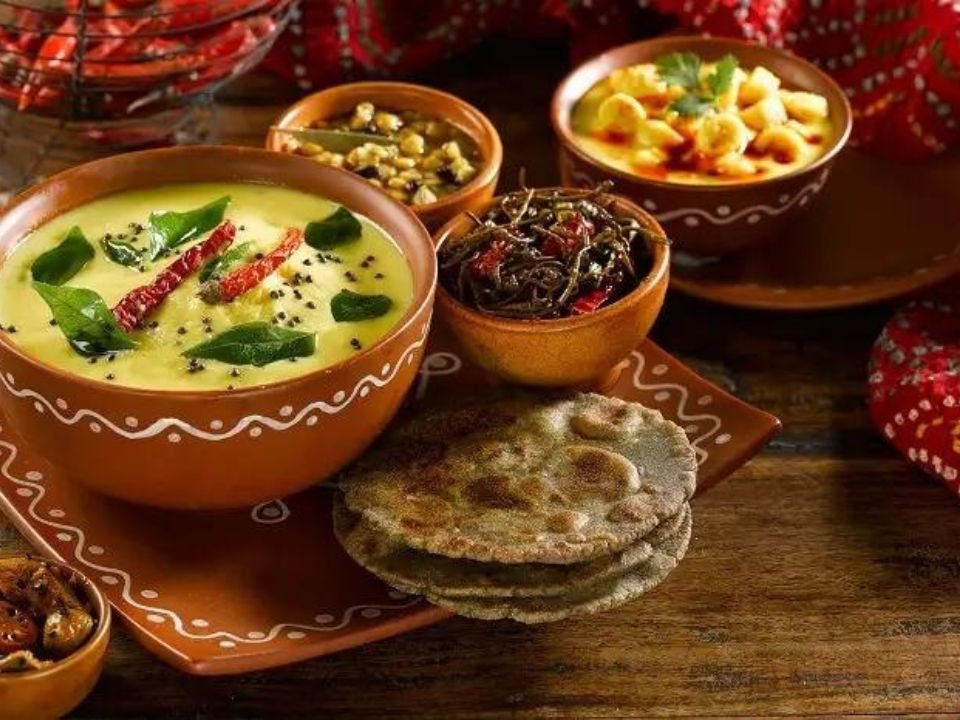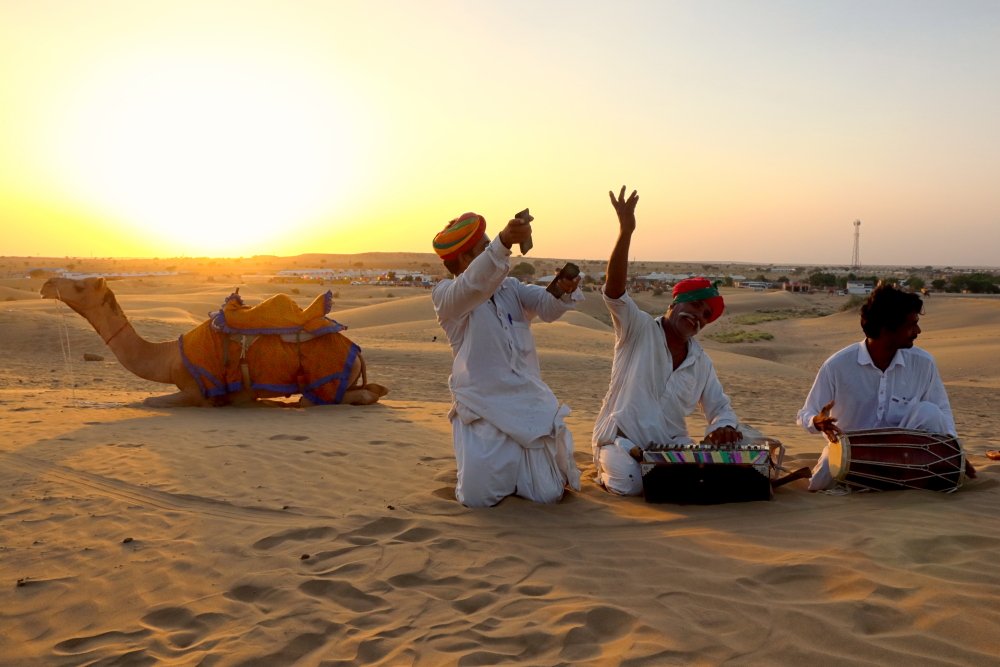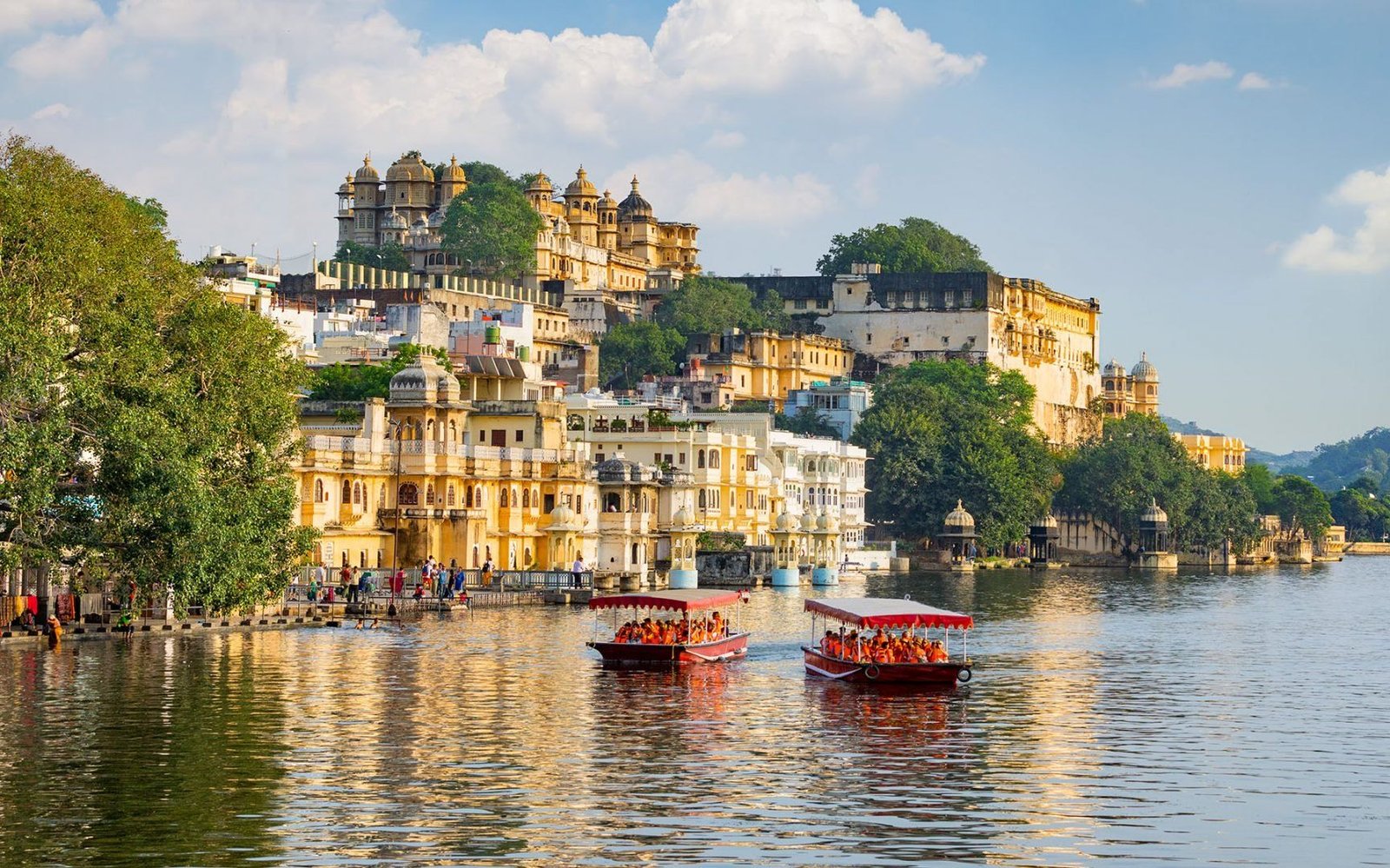Indian cuisine is globally renowned for its vibrant colors, rich aromas, and deep layers of flavor. At the heart of this sensory experience lies a rich heritage of spices—each one with a story, a tradition, and a purpose. From the bustling markets of Delhi to the coastal kitchens of Kerala, spices are not just ingredients—they are culture, medicine, and identity. For travelers and food lovers who are drawn to the diverse taste landscape of India, an India Food Tour is the perfect way to discover how spices shape the culinary map of the country.
The Cultural Backbone of Indian Cuisine
India’s spice usage dates back thousands of years, with references in ancient Ayurvedic texts and the trade routes that connected the subcontinent to the world. Spices are not randomly added; they are methodically chosen based on their flavor profiles, health benefits, and their ability to balance the dish. Indian home cooks and chefs alike possess an intuitive understanding of how to layer spices—roasting, tempering, grinding, and blending them in unique ways.
This experience with spices is handed down through generations, often without written recipes. It’s this lived culinary wisdom that gives Indian cuisine its reputation for complexity and depth, and it’s a vital part of what makes Indian food such a compelling experience for international travelers seeking authentic gastronomic adventures.
The Must-Have Spices That Define Indian Cooking
Each region in India has its own unique spice palette, but several staples can be found across kitchens from north to south. Below are some of the most iconic spices that define Indian cooking:
- Turmeric (Haldi): Known for its earthy aroma and vibrant yellow hue, turmeric is used in almost every Indian dish. Apart from flavor, it’s also prized for its anti-inflammatory and antioxidant properties.
- Cumin (Jeera): This spice offers a nutty, warm flavor and is often dry-roasted to enhance its depth before being added to curries, rice, and vegetable dishes.
- Coriander (Dhaniya): Ground coriander seeds lend a mild, citrusy sweetness to many spice blends and are essential in chutneys and masala bases.
- Red Chili Powder: Varying from mild to extra hot, this spice adds the fiery kick that many associate with Indian cuisine. Kashmiri chili powder is particularly favored for its bright red color and moderate heat.
- Cardamom (Elaichi): Both green and black cardamom are used in Indian cooking—green for its sweet and floral notes, black for its smoky, deep profile.
- Cloves (Laung): Offering a sweet, astringent flavor, cloves are often added to rice dishes, meats, and garam masala blends.
- Mustard Seeds: Commonly used in South Indian and Bengali cuisines, they are often tempered in oil to release their pungent aroma before being added to dals and curries.
Spice Blends: The Art of Combining Flavors
Indian cooking also relies heavily on masalas—carefully curated spice blends that add complexity and cohesion to dishes. Every household has its own version of garam masala, a warming mix typically including cinnamon, cardamom, cloves, cumin, coriander, and nutmeg. Some blends are ground fresh, others sun-dried, and the ingredients vary depending on regional traditions.
In South India, sambar powder and rasam powder are foundational to daily meals, while in the North, chaat masala and tandoori masala offer zesty and smoky notes to snacks and grilled dishes. These blends are not just functional; they carry cultural identity and heritage, linking food with memory and tradition.
Experiencing Spices Firsthand
One of the best ways to truly understand the role of spices in Indian food is through immersive culinary experiences. Guided cooking sessions, spice farm tours, and food tastings allow travelers to see how spices are cultivated, processed, and used in everyday cooking. Food Tour Packages in India provide curated itineraries where you can engage with local chefs, shop in spice bazaars, and even learn how to create your own masalas from scratch.
This direct, hands-on experience connects travelers not only to the food but to the people and stories behind every dish. It’s more than just tasting—it’s about gaining an appreciation for the craftsmanship and tradition behind India’s bold culinary identity.
The Health Wisdom of Indian Spices
Indian spices are more than just flavor enhancers—they are also deeply tied to the country’s wellness practices. Ayurveda, the ancient Indian system of medicine, extensively uses spices like turmeric, ginger, black pepper, and fennel for their therapeutic properties. These spices are believed to aid digestion, boost immunity, reduce inflammation, and balance the body’s internal energies.
Understanding the dual purpose of spices—as both food and medicine—adds another dimension to the appreciation of Indian cooking. Whether it’s adding ajwain to a lentil soup to ease digestion or sipping masala chai with cardamom and cinnamon for warmth and relaxation, the health-conscious use of spices is integrated into daily life.
For those interested in delving deeper into this aspect, Rasrover’s guide to Indian spices for food offers a detailed exploration of their culinary and medicinal significance.
The Role of Trust and Authenticity in Culinary Travel
As culinary tourism continues to grow, travelers are increasingly seeking trustworthy and authentic experiences. They want guides who are experts, local chefs with experience, and tours that emphasize cultural respect. This aligns with Google’s E-E-A-T framework, which values first-hand experience, subject-matter expertise, authority in the field, and trustworthy information.
Rasrover delivers on these principles by offering food tours curated by regional experts, rooted in local knowledge and community partnerships. Every spice story shared, every recipe demonstrated, and every market visited is grounded in real experiences and cultural context.
Final Thoughts
The spices of India are not merely ingredients—they are a reflection of history, culture, health, and art. Their powerful aromas and bold flavors create food that’s layered, soulful, and unforgettable. Whether you’re exploring a centuries-old market or savoring a home-cooked meal, spices reveal the heart of Indian cuisine.
An India food journey is as much about taste as it is about understanding the stories behind the flavor. For those ready to go beyond the surface and dive deep into the spice-scented soul of India, Rasrover offers the path.




